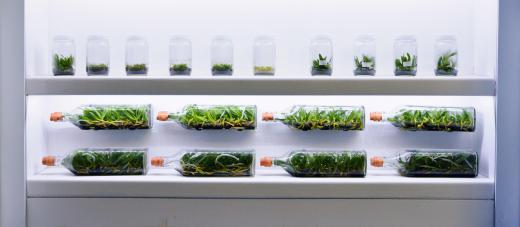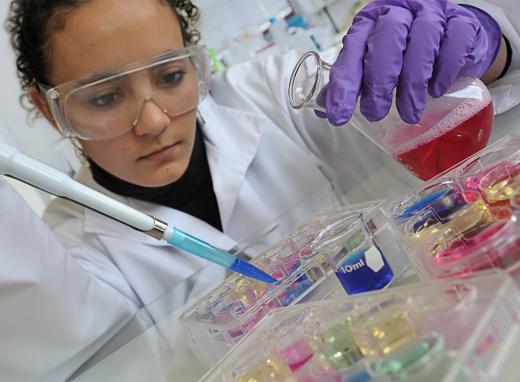What is a Controlled Experiment?
 Tricia Christensen
Tricia Christensen
A controlled experiment is one in which there is strict control exercised on variables, with typically one or more variables being changed or “manipulated” while all other variables remain the same. This is one of the hallmarks of many types of scientific inquiry. When a hypothesis is being tested, it won’t be tested as effectively if there are multiple variables that could affect the outcome. Trying to create an environment where the greatest numbers of variables are eliminated can help make test results more credible.
If someone wanted to examine plant response to a specific type of sound, there would be a way to create a controlled experiment and ways to quickly lose control. The person might get six plants and place each one in a different area of a house. He could then expose the plants to the sound at varying times of the day. It’s easy to see how many variables are at play: the plants aren’t in the same location, the sound isn’t being played at the same time of day, and the plants may not even be the same species.

In order to give more control over this experiment, the researcher could do several things. He could make sure to purchase roughly the same size plant and definitely the same plant species, as well as keep all plants in the same location. This would mean other factors like different exposure to light wouldn’t corrupt the results. The same sound would have to be played at the exact same time too.

Essentially, the goal would be to make everything as similar as possible prior to beginning testing. This allows the researcher to manipulate a single variable — exposure to the sound — to determine what effect it might have on the plants. At the same time, the experiment has to look at plant behavior without the exposure to the sound.
Therefore, a sample of plants as similar as possible to the first group would need to be kept in a near identical environment. This way, there is a basis for comparison between plant behavior when it is exposed to the sound and plant behavior when it isn’t. A second group that is not exposed to the manipulated variable is often called a control group.
Conducting a controlled experiment can be very difficult, since it’s easy to overlook a variable and fail to control it. What is especially challenging is attempting to study responses in humans in this way. Humans are variable: they come in different sizes, have different genetic markers, and exhibit a wide variety of behaviors. For things like drug studies, scientists may need to look for people with similarities in age, health profile and in many other areas, so that results aren’t corrupted. They also need to find a similar group of people that will serve as a control group and not receive the drug or manipulated variable.
AS FEATURED ON:
AS FEATURED ON:












Discussion Comments
They say that I am posting "anonymously" but my name is Patrick (pr you may call me Pat ) but I don't really understand this answer. I wanted to ask the question "How many variables does a controlled experiment test?" but it seems that no one has a answer without a stupid, unfunny joke. I was hoping this website would have the answer that I need.
@Rosencrantz – Well, you could test the impact of both a mother's presence and violent television on child aggression. Holding other variables constant, you'd be able to figure out:
-the relationship between a mother's presence and child violence
-the relationship between violent TV and child violence
-and the interplay effects between a mother's presence and violent TV on child violence
@Jeeves – Could you please give an example? Thanks.
I think it's important to bear in mind, as the article briefly mentions, the fact that having a controlled experiment doesn't necessarily mean that there is only one variable that is manipulated. When you have more than one manipulated variable you can test not only the effect of each individual manipulation but also the interplay between them.
When your experiment isn't controlled and your results end up incorrectly assessing reality the variables that caused your trouble are called "confounds."
Post your comments